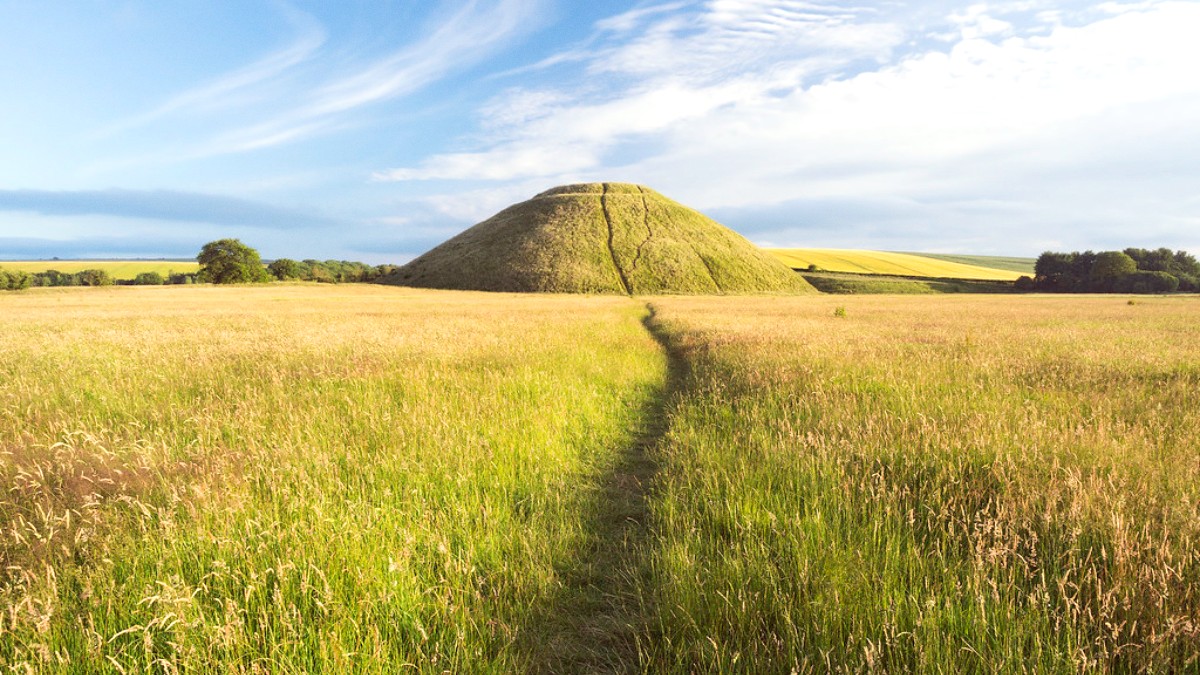
Southwest England, England
Stonehenge, an UNESCO World Heritage Site, dates back to 3000-2000 BC. The ring of standing stones used for ceremonies, astronomical observations, or as a burial ground. A monumental feat of engineering from the Neolithic and Bronze Age, its purpose continues to spark debate.
Salisbury Cathedral: A masterpiece of early English Gothic architecture (1220-1258). It boasts the tallest cathedral spire in the UK (123m/404ft) and houses one of the four original 1215 Magna Carta documents, a symbol of constitutional liberty. Its location in a spacious close adds to its grandeur.
Plan your visits and check official websites for the most current information.
For Stonehenge, pre-booking tickets with a specific entry time is often recommended or required, especially during peak seasons.
Access to Avebury stones is free, but car park charges apply.
For Salisbury Cathedral, a suggested donation is common. Donations assist with the upkeep of this historic building.
Many sites managed by these organizations; membership grants free entry.
Weekdays and off-peak seasons generally quieter for all attractions.
Wiltshire cultural institutions explore its rich history, art, and industrial heritage.
Local archaeology, artifacts from Stonehenge/Old Sarum, medieval history, local art.
One of Britain's best Bronze Age archaeology collections, artifacts from Stonehenge/Avebury.
History of British Army aviation, aircraft collection.
Swindon's railway heritage and Isambard Kingdom Brunel's legacy.
Birthplace of photography, Henry Fox Talbot's work explored.
Historic country house with an important art collection including Old Masters.
Check individual museum and gallery websites for current special exhibitions, talks, workshops, and family programming.
From prehistoric monuments to Iron Age hill forts, Wiltshire is steeped in ancient history.
Explore preserved villages and city layouts.
From grand cathedrals to engineering marvels.
Wiltshire's landscape also includes memorial sites and traces of its military legacy.
Wiltshire's natural landscape offers vast open spaces, ancient woodlands, and tranquil waterways for outdoor enjoyment.
Explore meticulously designed landscapes and expansive parklands.
Discover rolling downs and iconic hillside figures.
Opportunities for wildlife spotting and serene water-based activities.
Famous 18th-century landscape garden with classical temples and grottoes.
Extensive Capability Brown-landscaped park with diverse gardens.
Grade I listed Arts and Crafts garden designed by Harold Peto.
Rolling chalk downs, part of the North Wessex Downs AONB, offering vast views.
A large chalk plateau, famous for its military training areas and archaeological sites.
Wiltshire's canals and rivers are for gentle water-based enjoyment.
Wiltshire's landscape a variety of routes for cyclists and horse riders.
Pre-book tickets for popular attractions like Stonehenge for smooth entry.
Consider purchasing an English Heritage or National Trust membership for free entry to many sites.
Beyond the well-known sites, Wiltshire holds many hidden gems and local favorites for a more intimate county experience.
Discover less crowded but equally charming locations.
Places loved by locals, less visited by tourists.
Capture Wiltshire's distinct beauty.
Consider golden hour for best lighting.
Wiltshire's diverse landscape offers numerous scenic shots.
Capturing the rural tranquility.
No specific 'emerging' large-scale tourist sites. A growing focus on sustainable, quiet tourism in rural areas and smaller towns.
Focus on intimate, authentic experiences.
Engage with locals for personal recommendations on less-known spots.
Use local tourism blogs or smaller travel sites for unique finds.